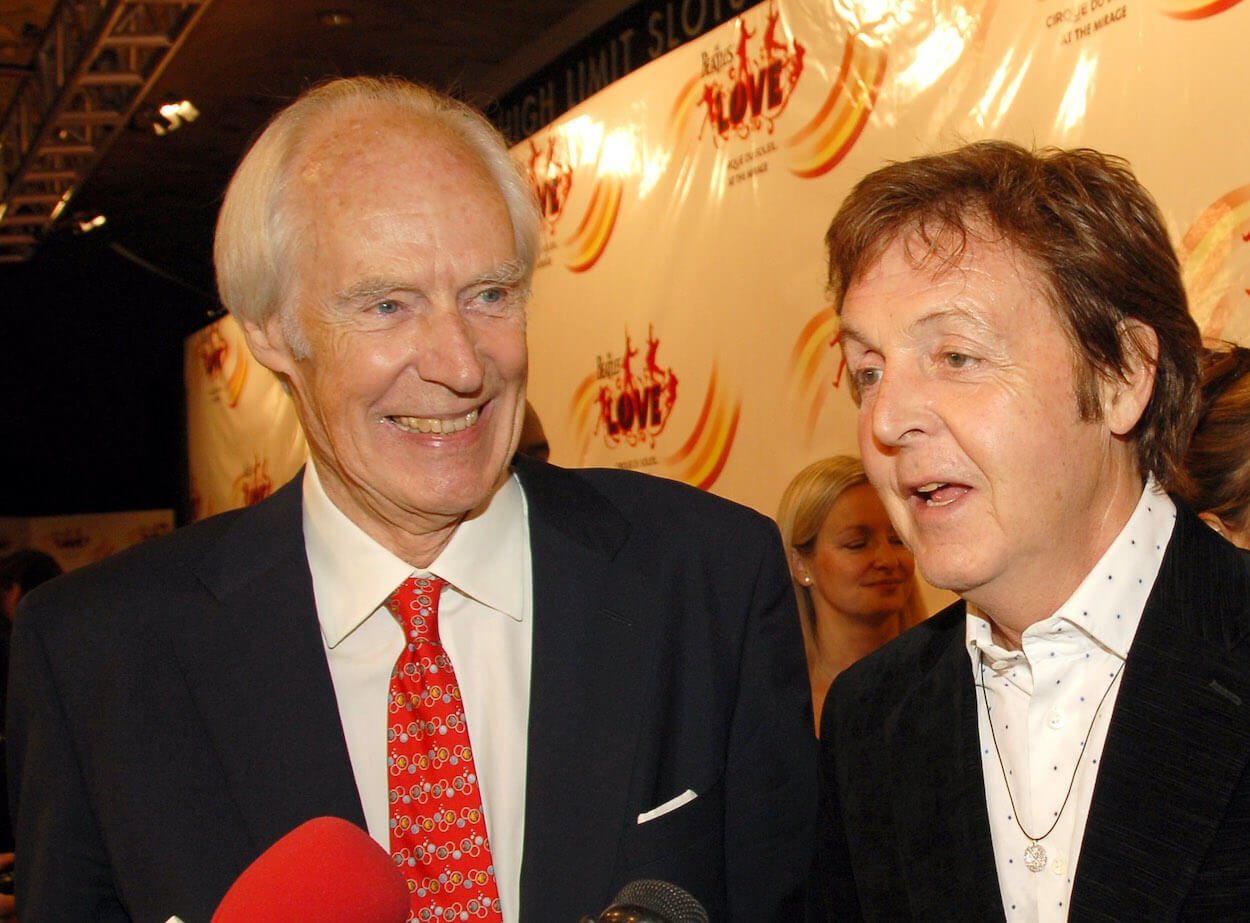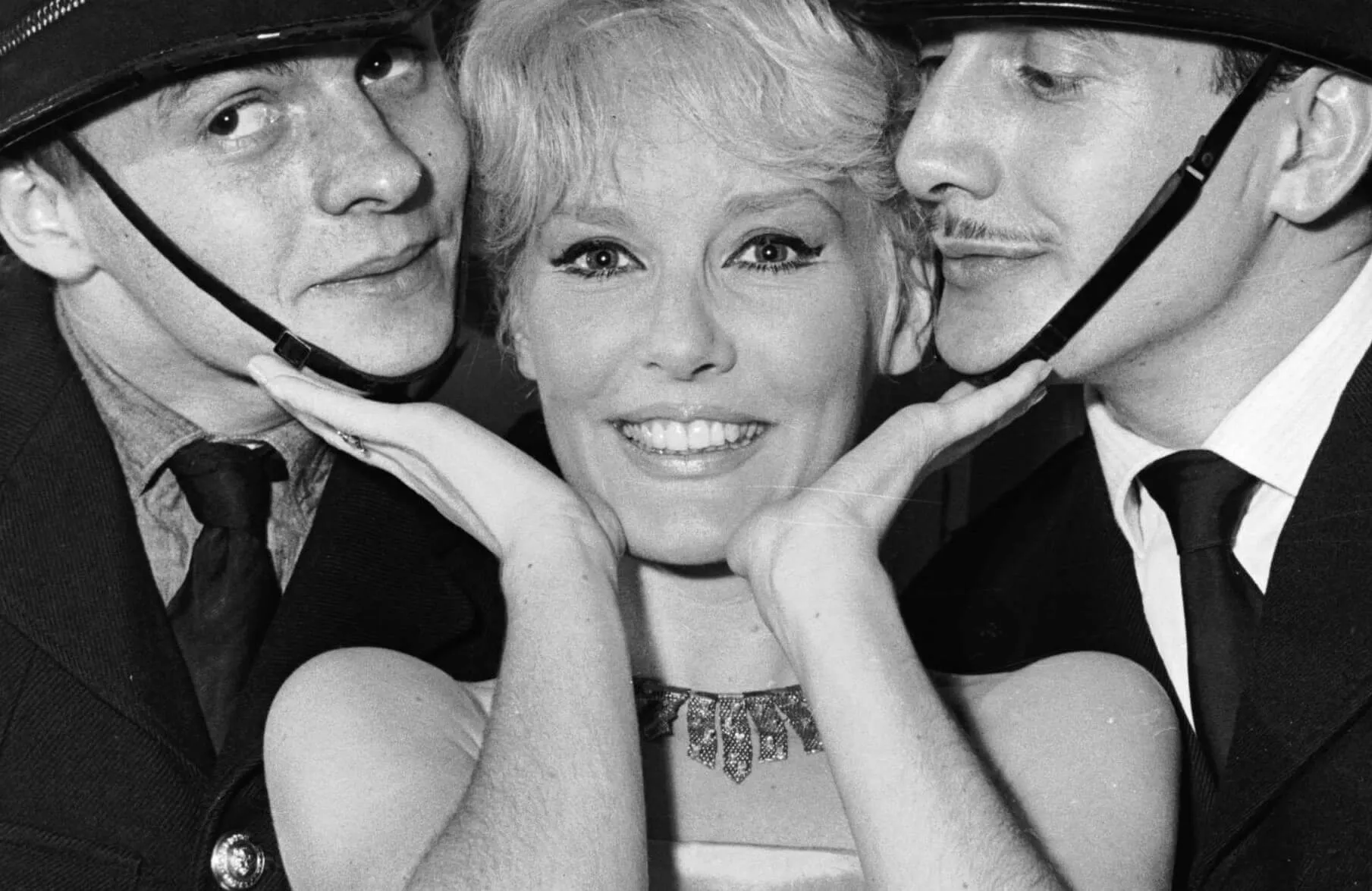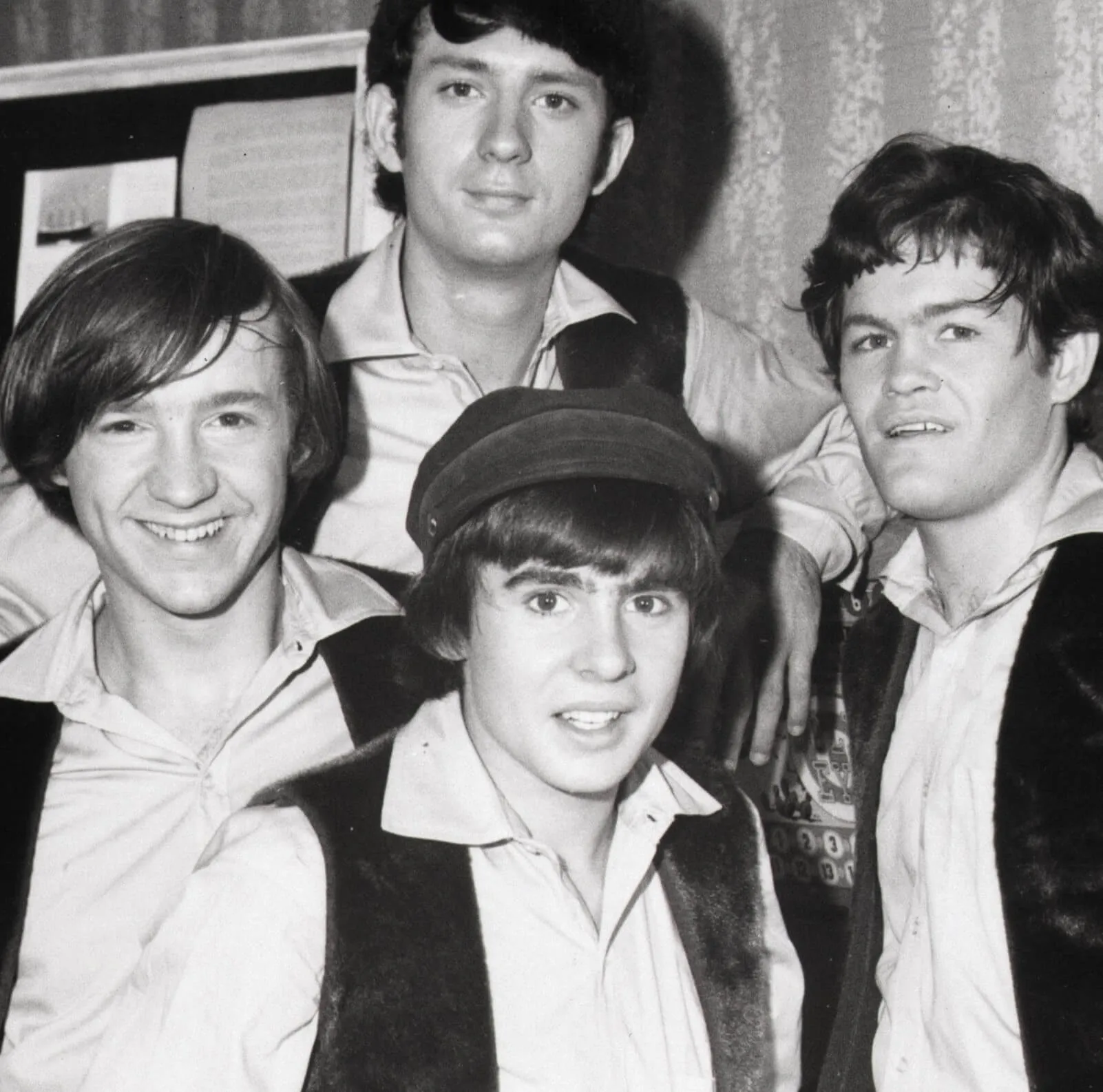
George Martin’s Genius Idea Saved Paul McCartney’s Crazy Plan for ‘A Day in the Life’
Paul McCartney helped create one of The Beatles’ best songs with “A Day in the Life.” That makes it one of the most iconic songs of its generation. The Sgt. Pepper’s Lonely Hearts Club Band finale stands as the greatest John Lennon-Paul McCartney song. Paul had a crazy thought to record an entire orchestra for the piece’s crescendo, but producer George Martin stepped up with a genius idea and made the climax even better.

George Martin’s genius idea for ‘A Day in the Life’ made the orchestral swell sound even bigger
“A Day in the Life” was essentially two songs — John’s disturbing opening vignette with Paul’s slice-of-life narrative attached after it. Macca’s crazy plan was to have an entire symphony orchestra play the swelling buzz of sound that married the two halves and reappeared at the end of the song.
Even crazier, Paul wanted to conduct the orchestra — 80 musicians or more — and have them play by feel instead of following sheet music. Both parts of that plan never really got off the ground, but Martin had a genius plan to save Paul’s crazy idea, writes Paul McCartney: A Life author Peter Ames Carlin:
“George Martin initially balked at the cost of hiring an entire orchestra to provide the musical climaxes, but he came up with a compromise, engaging a forty-musician ensemble and recording them four times, thereby doubling the effect a full orchestra would have achieved in one go.”
Shelling out for a full orchestra was cost-prohibitive. Martin’s brilliant solution saved money and made the rousing swell sound even bolder. He effectively recorded 160 musicians playing those climbing notes.
Paul McCartney also had the crazy idea to conduct the orchestra ‘A Day in the Life’
The intense buzz of the orchestral swell provided signature moments on “A Day in the Life.” As we mentioned, Paul wanted to conduct the musicians, albeit in an anything-goes, mid-1960s way.
He hoped the trained orchestra musicians would improvise. The bassist wanted them to start at the lowest note on their instruments and climb to the highest at their own pace. Paul failed to achieve that goal, but Martin saved the day again. The producer maintained part of the randomness Paul desired by forgoing sheet music while instructing the classical musicians to arrive at specific notes at certain times. Martin’s second genius idea proved to be the ideal compromise between the band and the orchestra.
The song is a standout Beatles track
John didn’t think it was the best Beatles song, but many Fab Four fans would heartily disagree. It was the final song on Sgt. Pepper, but it was also the high point of the album. It showcased two of the best songwriters of the era at the peak of their creative powers.
“A Day in the Life” provided a rare Sgt. Pepper highlight for Ringo Starr. He felt like a session musician while recording the album since he often sat around for hours until being called to lay down his tracks. Yet the drummer came up big when called upon, playing delicate beats when he had to and dropping in deceptively complex fills that other drummers marveled at.
The BBC banned “A Day in the Life” for the “I’d love to turn you on” line, thinking it was a drug reference. The song never hit the English airwaves, but millions heard the song. Sgt. Pepper went gold within two weeks of its release in early June 1967. The RIAA certified it 11 times platinum 30 years later. That number is undoubtedly higher thanks to various expanded and remastered reissues. That means millions, if not hundreds of millions, of people have heard George Martin’s genius idea to rescue Paul McCartney’s crazy plan for “A Day in the Life” whether or not they know it.
For more on the entertainment world and exclusive interviews, subscribe to Showbiz Cheat Sheet’s YouTube channel.


